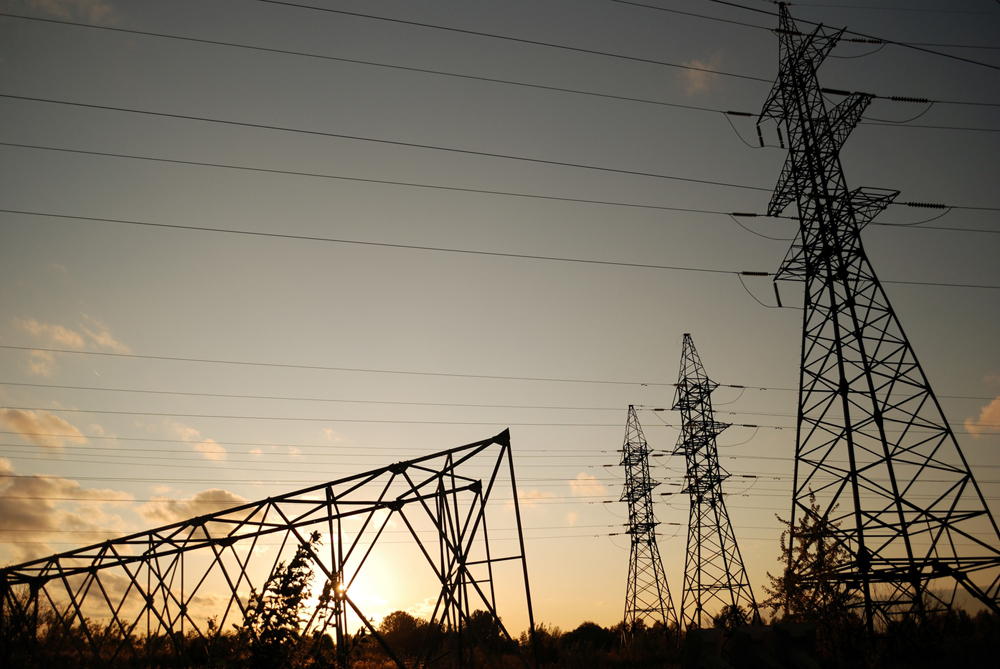Electricity Bill Terminologies: TDU/TDSP Delivery Charges Explained

Understanding an electricity bill can be difficult if you are not aware of the terminologies and computations. When you look at your energy charge, you can examine the fees charged by the retail electricity provider. One of the fees is delivery charges, including demand charges, transmission charges, TDU charges, and poles and wires charges. This article will tackle an essential part of your electricity bill, which is TDSP/TDU delivery charges.
What is a TDSP/TDU Delivery Charge?
The Transportation Distribution Service Provider (TDSP), also called the Transmission and Distribution Utility (TDU), is a utility company that handles the energy grid in areas of the different states.
TDU/TDSP maintains electricity poles, wires, meters, and other transmission equipment relating to electricity distribution. They use that equipment to deliver electricity from the two facilities: the power generation source and the final delivery point, including your service address.
If you look at your electricity bill, you can find the primary TDU delivery charges: distribution, transmission, and transition charges. Other components included in the TDSP charges, such as the metering fees and the nuclear-decommissioning fees. You can also check other billing terms used by your electricity provider from the Public Utility Commission of Texas website.
The TDSP charges on your bill depend on your “peak demand,” which refers to your maximum electricity consumption at any given point in time. Hence, if there are higher demands for electricity, the TDU delivery charges will increase as well. Apart from this, the fees associated with fixed components of the TDU delivery charges are approved by the Public Utility Commission (PUC).
What Are Taxable TDU Charges?
As mentioned earlier, some of the taxable TDU charges approved by the PUC include distribution, maintenance, transition, and transmission charges. In addition to these fixed delivery charges, your local transmission and distribution utility (TDU) also issues an additional cost on a usage basis.
Energy providers issue your bill on a monthly basis. In the bill, the delivery charges are invoiced in two ways: the fixed electricity plans and the monthly kilowatt-hour usage. The TDU delivery charges in your account appear separately to make the breakdown of delivery charges easier to understand.
The amount charged by the delivery company monthly varies depending on your energy consumption and TDU delivery price changes. The changes in the TDU delivery prices are approved by the Public Utility Commission and are applied to all retail electricity providers.
Why Are My TDU Delivery Charges So High?
Have you received your electric bill and think that your TDU delivery charges are too much? Here are some reasons that could explain the primary cause of high delivery charges.
- One reason why you have high delivery charges is that you have a faulty meter. If you are using an analog meter, there are high chances that your monthly kilowatt-hour usage is not accurately read. Shifting to a smart meter could help the delivery company accurately reading of your electricity consumption.
- TDU/TDSP charges include the fixed costs of delivery charges and the usage-based cost. Hence, even with minimal electricity consumption, the fixed rates may be proportionately larger, leading to higher TDU charges.
Reduce Your TDSP/TDU Charge
According to the Public Utility Commission of Texas, there are several ways to reduce your TDSP/TDU delivery charge. Here are some energy-saving tips that you can apply in your home.
- You can use solar panels to run your appliances during hot weather and use the clothesline instead of the dryer.
- You can use insulated curtains to cover the windows during cold weather and set your thermostat at 68°F or lower.
These are just some of the helpful tips that could reduce your delivery charges and allow you to save money. Many people with minimal kilowatt-hour consumption implement these energy-saving tips.
FAQs
These are some of the frequently asked questions regarding TDSP/TDU delivery charges.
Does UPS increase electricity bills?
An uninterruptible power supply (UPS) is used for keeping appliances like computer systems continuously running. UPS mainly serves as a backup in case power lines are interrupted. Electricity facts show that using a UPS increases electric bills. However, the increase is minimal or only costs a few extra cents.
What wastes the most electricity in a home?
A large component of your electricity consumption may come from these five appliances: air conditioners and heaters, water heaters, kitchen appliances, lightbulbs, and media equipment. It is best to have the HVAC checked regularly for air conditioners to ensure that the device operates smoothly.
Do energy-saving devices work?
With this equipment running simultaneously, you might reach your peak demand or maximum electricity consumption. Hence, before buying a large component online, reading the electricity facts label is essential to know its usage levels.
Conclusion
Understanding your electricity bill is essential if you want to control your power consumption. TDSP/TDU delivery charges allow you to see two points: the fees you pay to the energy providers and the fees you pay for your consumption. By checking the TDSP/TDU delivery charges, you can check if the costs are completely legal and accurate.
Updated on
